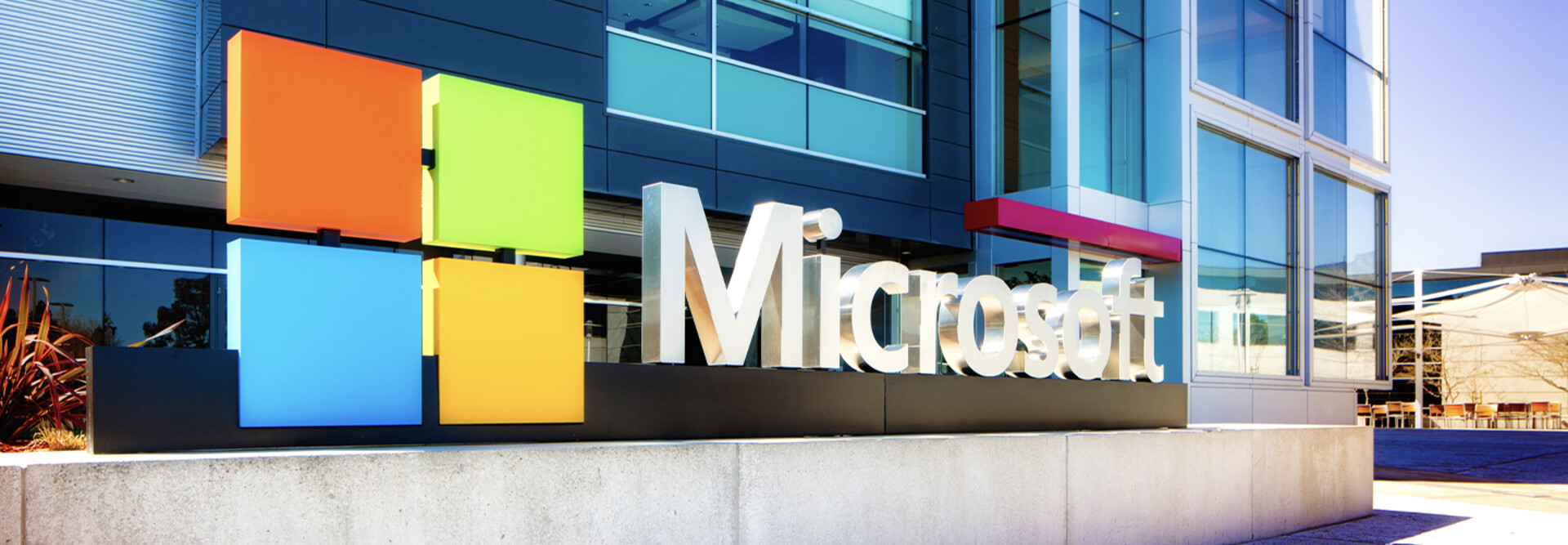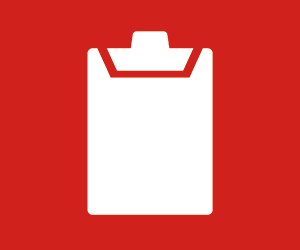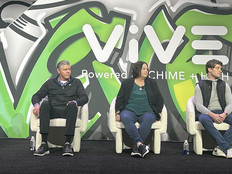Affordable, Personalized Support for Rural Healthcare
Alternatives that are more tailored to rural, independent and community hospitals exist, and CDW Technology Support is one of them.
At a high level, CTS Microsoft is an IT-to-IT support service for Microsoft software and systems that provides:
- A single point of contact
- Access to Microsoft-certified engineers
- Competitive pricing
- Incident priority
- 24/7/365 support
CTS also comes with flexible engineering hours. When the time comes for a deployment, Microsoft-certified engineers can serve as a contact to offer strategic and tactical guidance. This is helpful for organizations that don’t require a deployment partner but have questions that can be resolved via a phone call with a Microsoft-certified engineer.
Support applies to all Microsoft software and systems, including, but not limited to, Microsoft Server OS, Azure, SQL Server, Microsoft 365, Dynamics, Teams, Intune, SharePoint, Copilot, Server (on-premises) and Exchange Server (on-premises).
Windows 11 migration support is another key CTS benefit. The October 2025 deadline to move away from Windows 10 is quickly approaching. CTS can offer support for rural healthcare organizations as they work to clear some of the hurdles associated with the migration.
READ MORE: Navigate Microsoft’s pricing shift with CDW’s CSP program.
A Free, Comprehensive Cloud Dashboard To Help Manage Costs
The other core benefit of CTS is access to a tool called CDW Inscape at no additional cost. Inscape is a cloud and Software as a Service management platform that works with Microsoft cloud products as well as Amazon Web Services and Google Cloud Platform.
I cannot overstate how much of a value-add Inscape is for smaller organizations. Cloud is not a magical cost-saving tool. It certainly offers flexibility and can lower costs in the long run, but that doesn’t happen by default. It requires cost management and thoughtful cloud optimization.
With Inscape, healthcare IT managers have all of the cloud business intelligence they need. They can quickly access cloud spending, easily monitor costs, identify trends, manage budgets, report on subscriptions and even create alerts pertaining to spending. The idea is to provide a complete view of their different cloud assets to ease financial management of multicloud environments.
The Bottom Line
Rural, independent and community hospitals are accustomed to doing more with less. It’s all much easier said than done, though.
If there is just one thing you take away from this article, it should be that tech support for your Microsoft environments doesn’t have to be an all-or-nothing scenario. If you can’t afford Microsoft Unified support, there are alternatives that can still provide everything you need. In the case of CTS, the baseline layer of support is far less expensive than Microsoft’s support, and significantly more cost-effective than having to recruit and hire new staff from a thin pool of applicants.
Cost-effective IT is all about working with what you have, and CTS and Inscape help rural healthcare organizations do exactly that.











